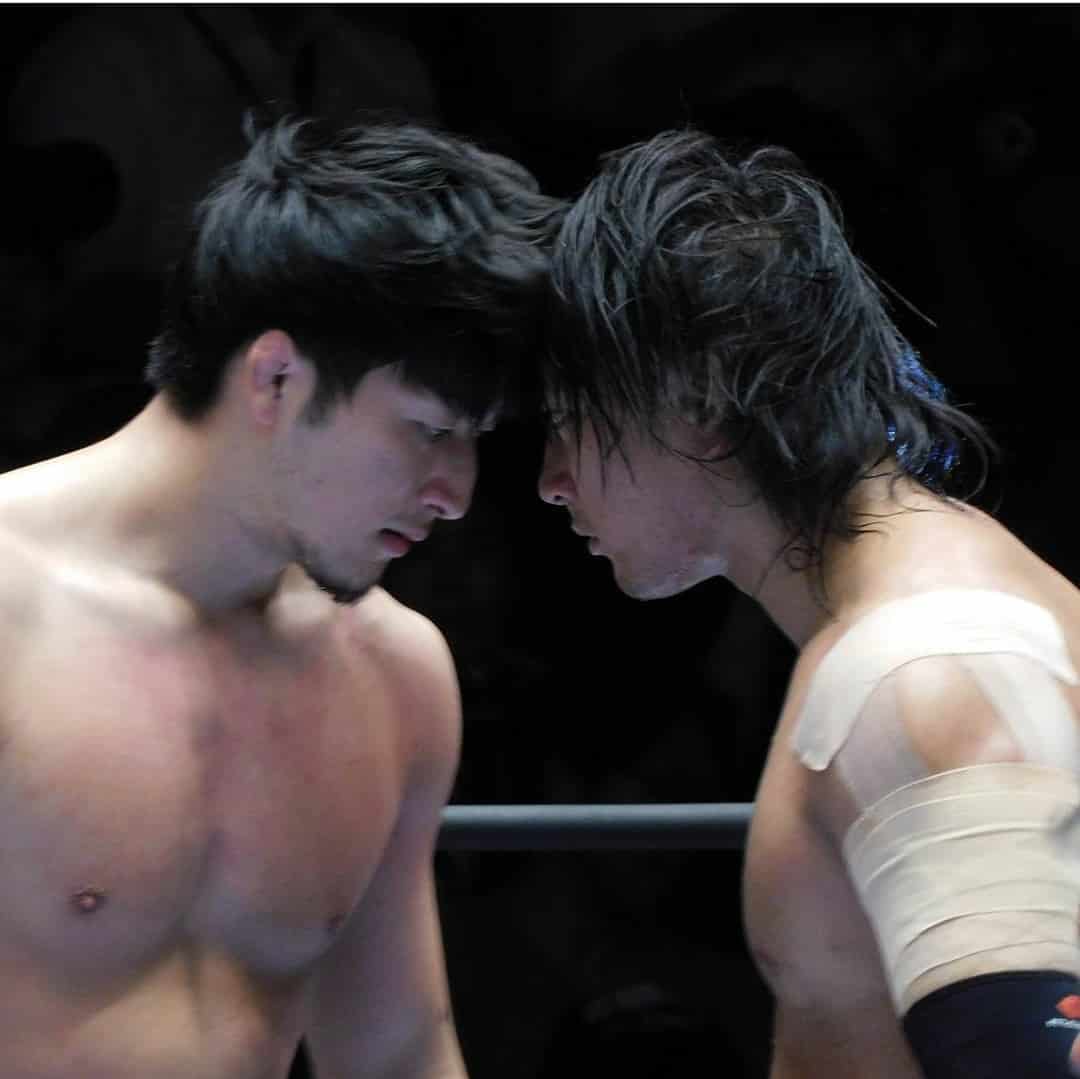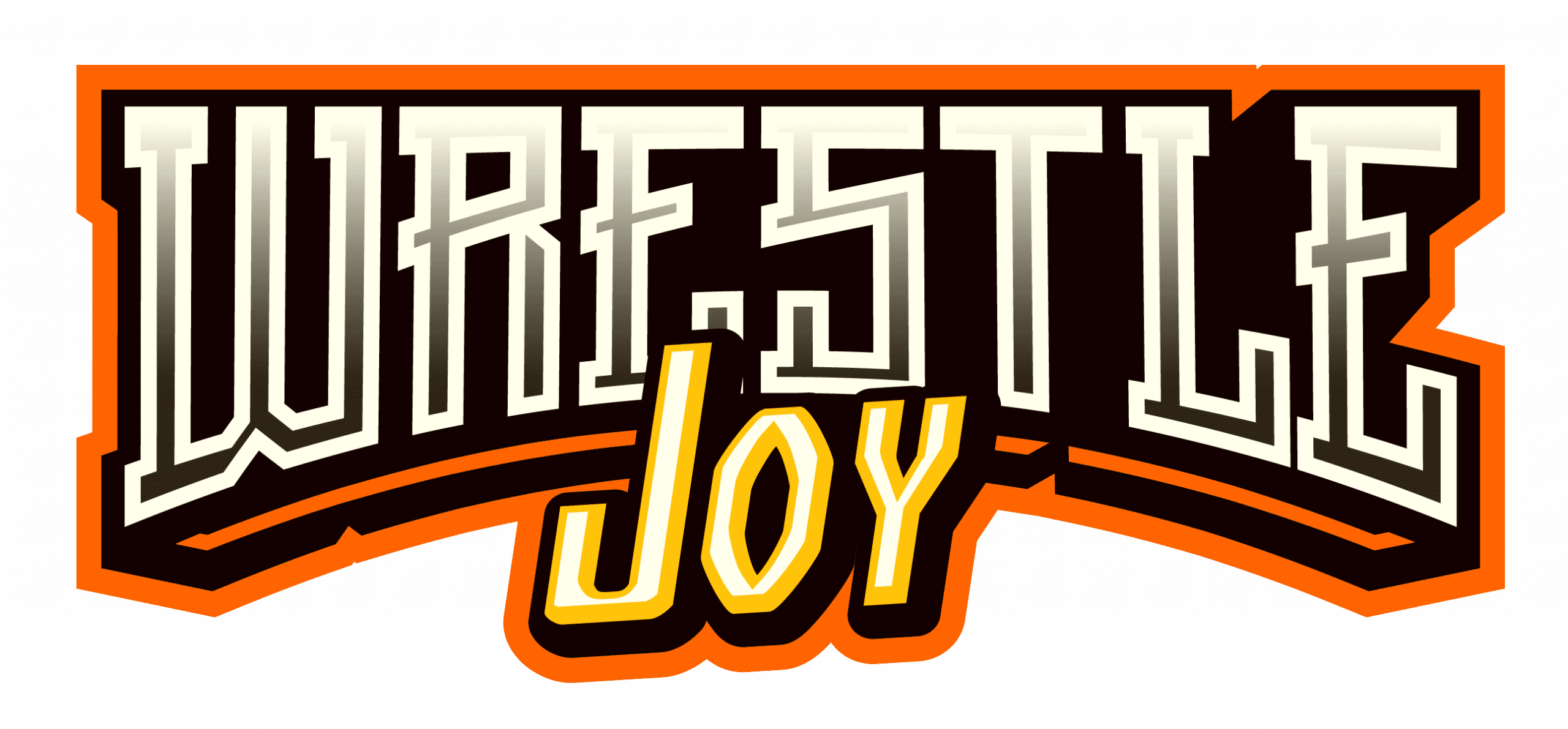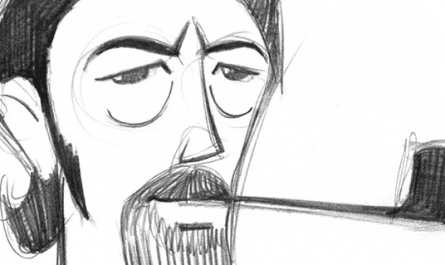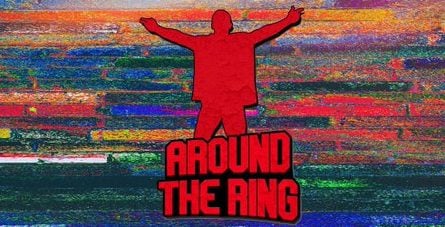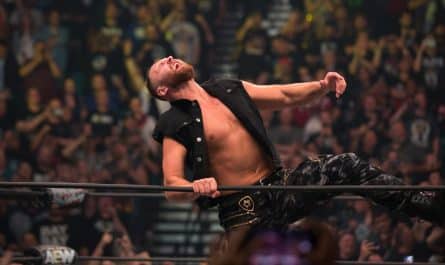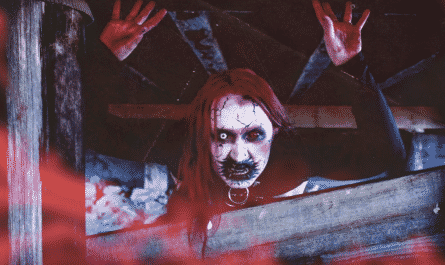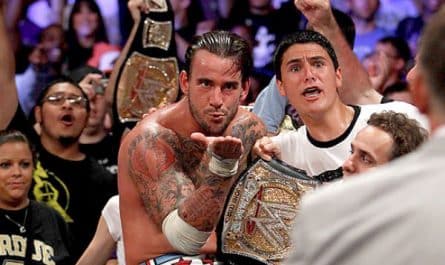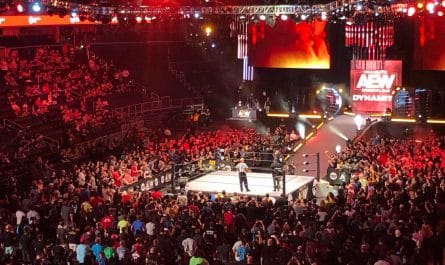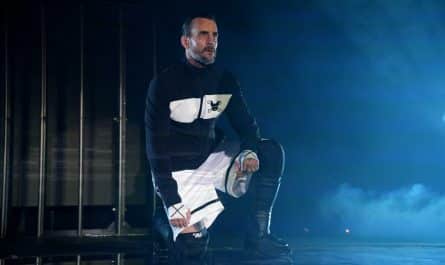Japanese wrestling is filled with so many special things, from the incredible talent in each promotion to the stories told in every match. This has long been a major factor in its popularity and success. One of the most interesting things about pro wrestling in Japan is the way most wrestlers are brought up in the industry.
While in other parts of the world wrestlers learn their craft in wrestling schools and live on their own, in Japan, many are the product of a dojo system and live where they train. Being a rookie wrestler in Japan is truly a unique experience. From the young lions of New Japan Pro Wrestling to the rookies or ‘young boys’ of All Japan and Pro Wrestling NOAH, these performers embark on a journey like no other.
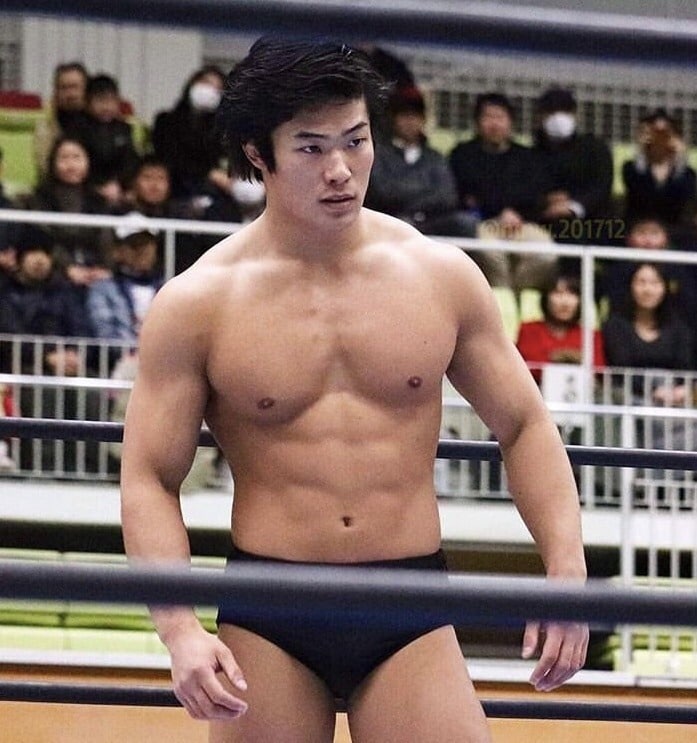
That journey begins with their tryout. This typically happens when a promotion announces an open call. Prospective trainees will often fill out an application before being invited to the tryout. There they must pass a rigorous fitness test in order to make the cut. This is usually when some will take these first steps as young as eighteen years old. Others tend to be just a few years older.
In the bigger promotions, a wrestler will move into the company’s dojo after being accepted into the promotion. There, they find that life in the dojo comes with a lot of responsibility. On top of their training, rookie wrestlers are responsible for maintaining the dojo from cleaning and laundry to meal prep. They will often work in rotation. In the NJPW dojo, that rotation is known as ‘chankoban’. The term originates from a staple of most wrestlers’ diet in Japan, Chanko nabe, a traditional stew which has also long been a staple of the sumo wrestler’s diet.
The dojo system in Japanese wrestling borrows heavily from old sumo traditions, even down to senpai – kouhai social hierarchy. Rookies must follow a strict protocol as they are taught humility and respect for their senior wrestlers and what they do. For New Japan’s young lions, that includes shaving their head when they first move into the dojo. While the senior wrestlers who act as trainers may be very tough on them, they tend to grow close with the rookies who manage to last through the grueling training process. Some trainees don’t last beyond a month. Trainers are often very tough on the rookies at first to avoid growing attached to someone who may not last long there.
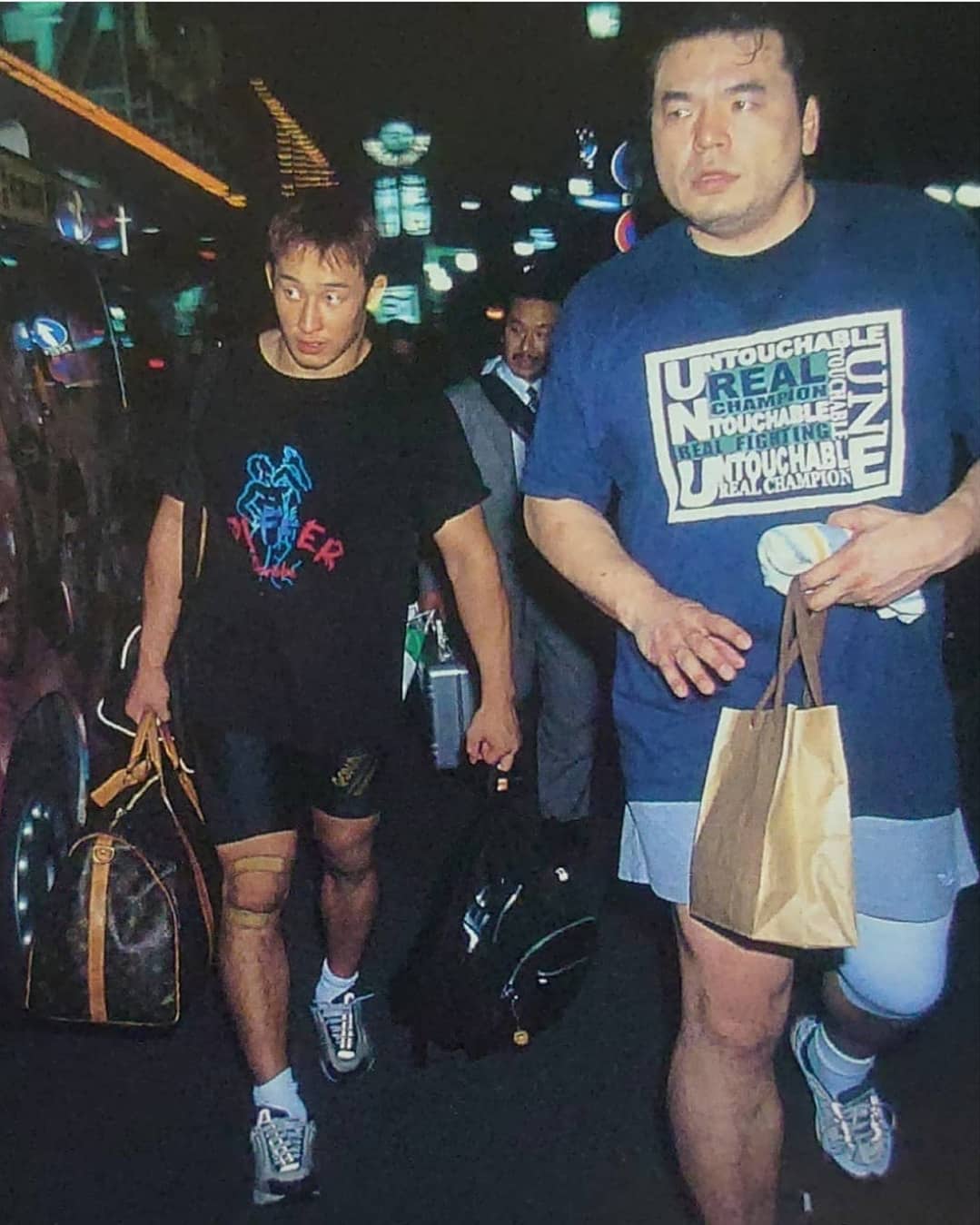
Typically, a rookie doesn’t make their debut until about a year after they move into the dojo. After that, they are heavily restricted as far as what they’re allowed to do in the ring. They are not allowed to do a new maneuver in the ring until they have mastered it in the dojo. Those restrictions are gradually lifted as they progress through training.
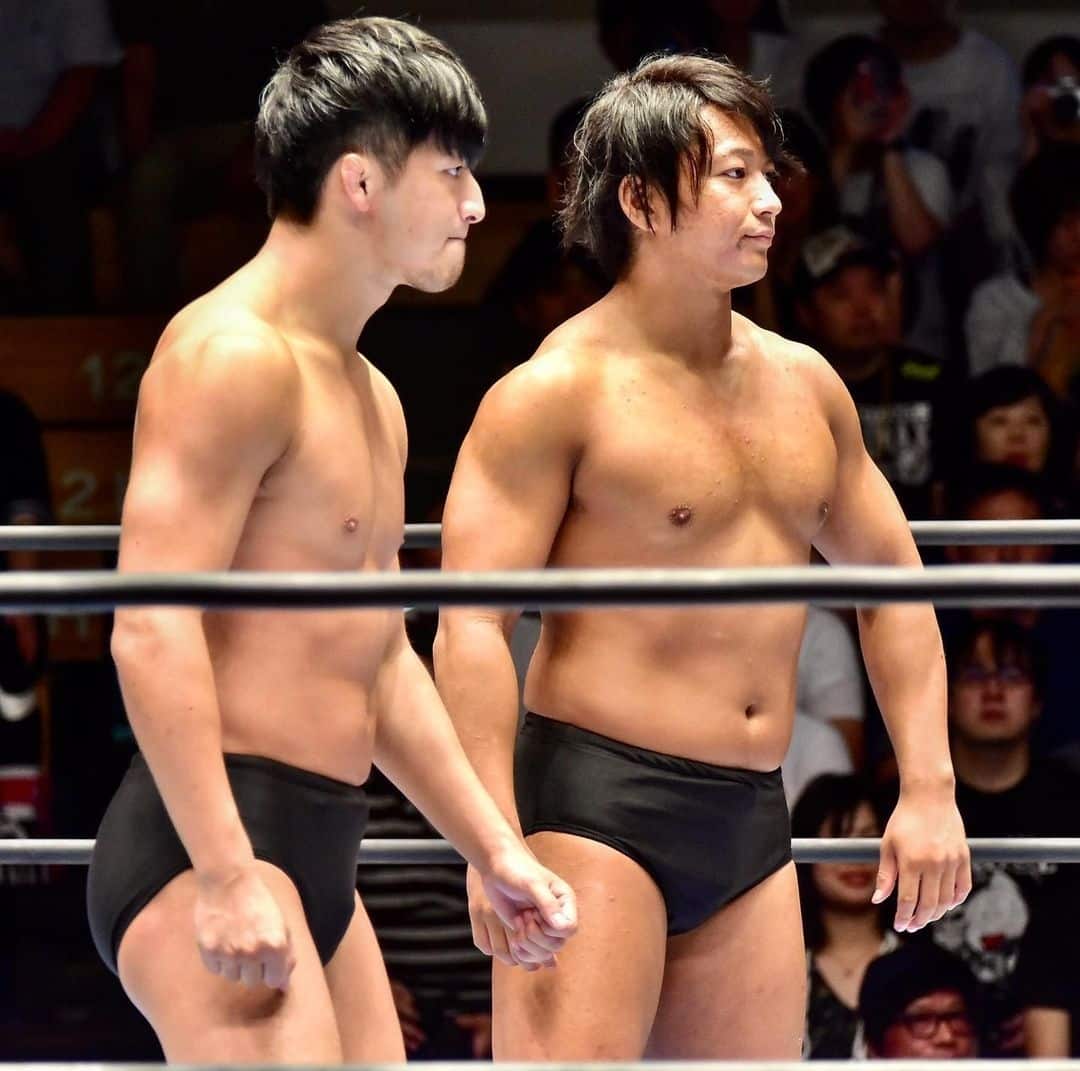
Rookies are set apart from the seniors by the traditional black trunks and boots they all must wear. In an interesting sidenote, they are not given knee pads. Those are something they have to earn. The number of responsibilities rookies take on increases around this time. While on tour, they set up and take down the ring and act as ringside attendants at shows on top of wrestling on the undercard.
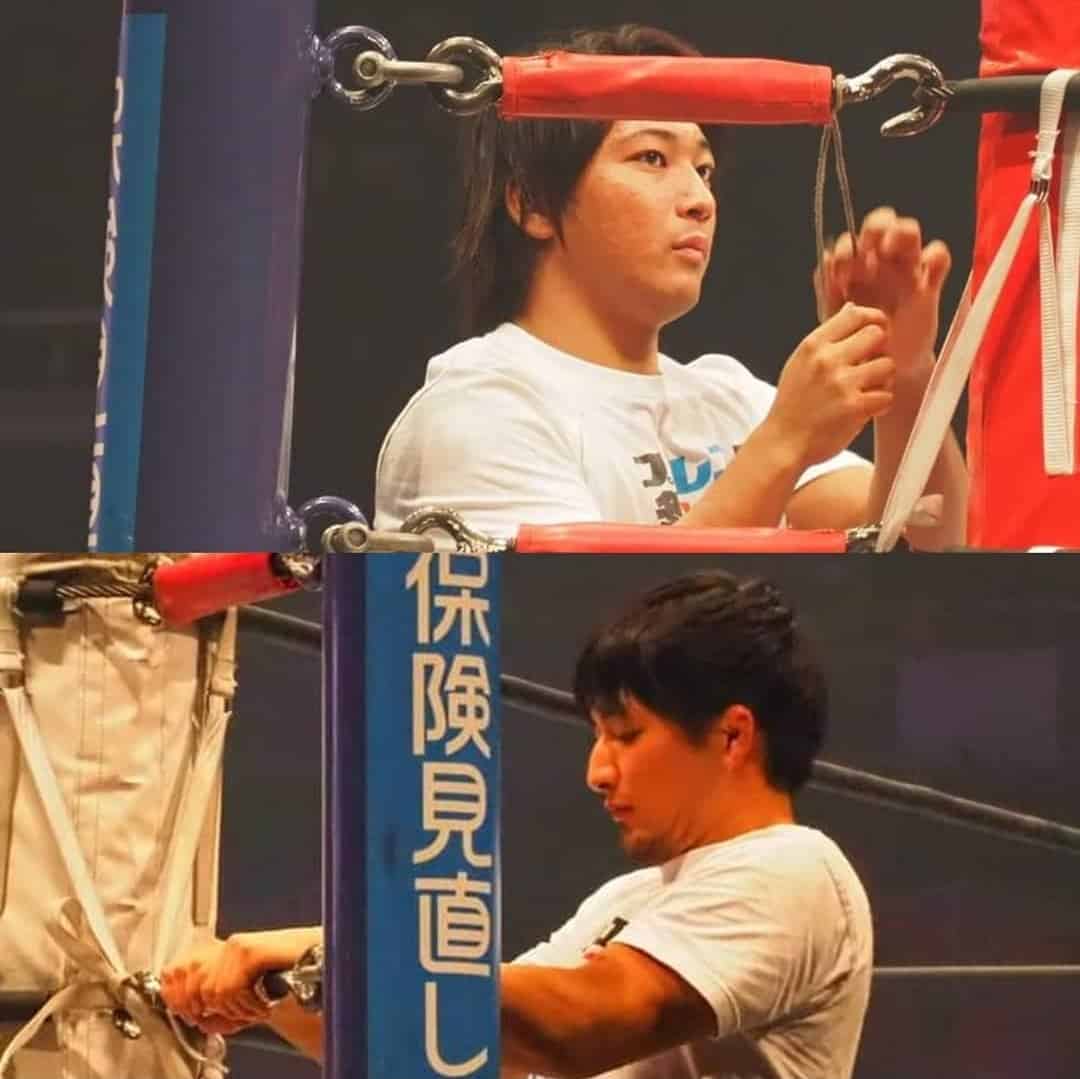
As fans get to know them, a kind of parasocial bond is formed. This is especially true for the youngest rookies. For wrestling fans, watching their journeys unfold is like a parent or older sibling watching their child or younger sibling grow up. When they win, we win with them. When they hurt, we hurt too. That bond continues to grow throughout a wrestler’s career.
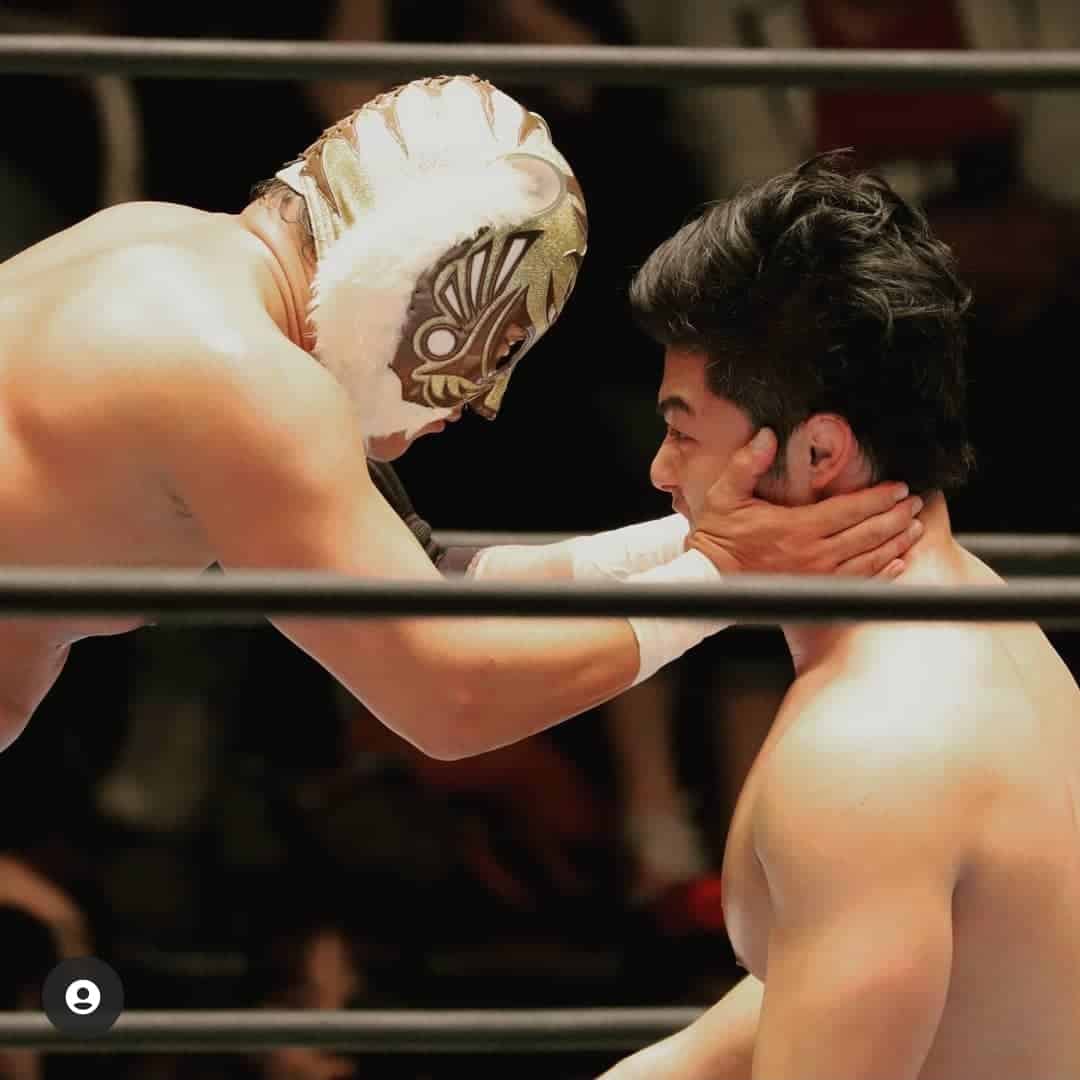
In Japan, rookies tend to form very close bonds with some of their seniors. It’s not uncommon for a senior wrestler to take a rookie under their wing and guide them. Some rookies will even act as assistant to a senior wrestler who is mentoring them. Pro Wrestling NOAH’s Naomichi Marufuji worked closely with mentor and company founder, Mitsuharu Misawa. Katsuhiko was practically adopted by his mentor, Kensuke Sasaki. They also tend to grow close to their fellow rookies due largely to their shared experience.
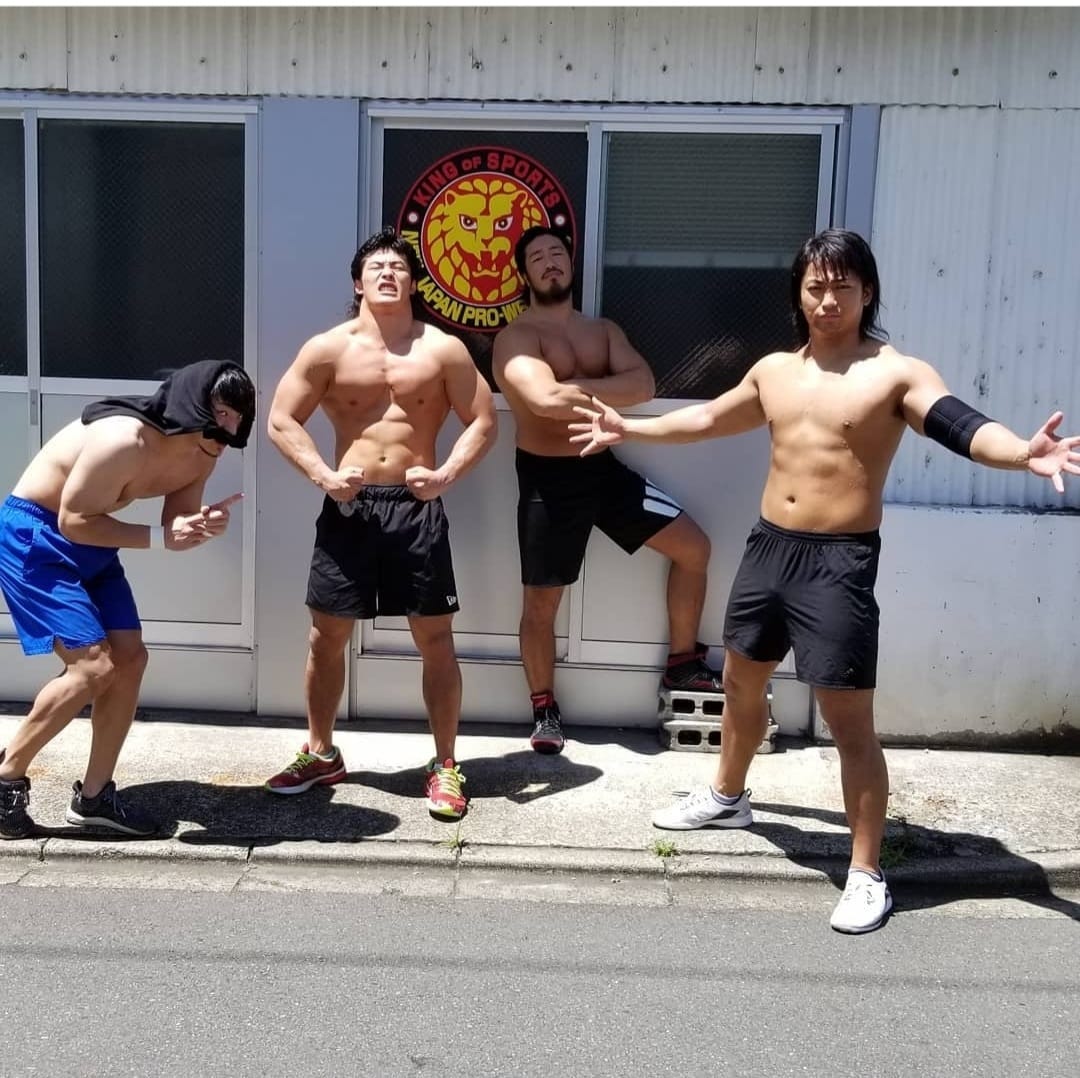
The next step for many rookies is going on learning excursion. After completing the learning process in the dojo, they are sent overseas to compete in other companies their home promotion has a working relationship with. It’s a lot like a high school student graduating and heading off to college. Normally they are sent to either the US, Mexico, or Europe.
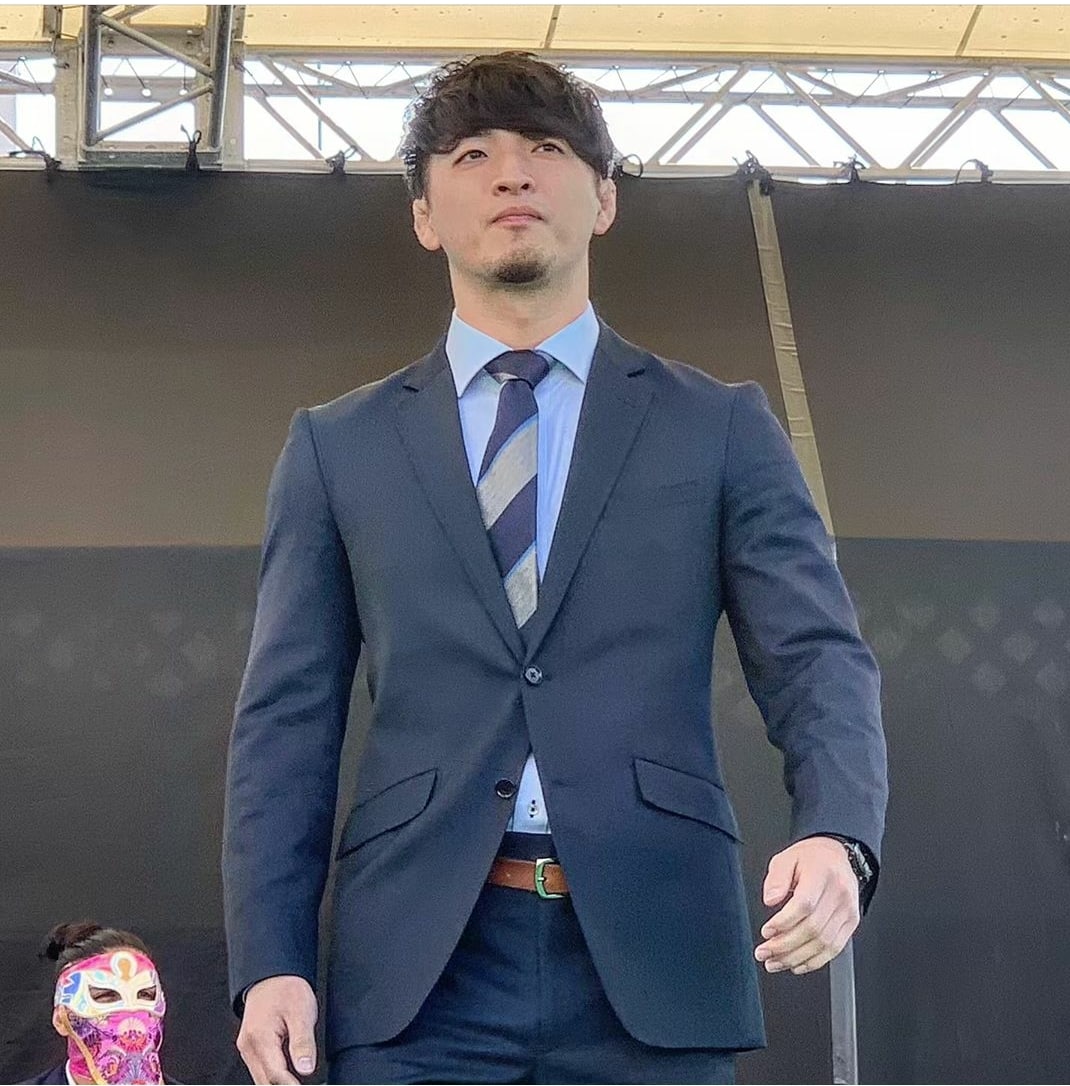
This is most common in New Japan Pro Wrestling due to their numerous working relationships. Excursion can last anywhere from one to two years. While they are away, fans eagerly await their return. As a wrestler’s career progresses after their return, fans proudly watch them move up the ranks and challenge for titles.
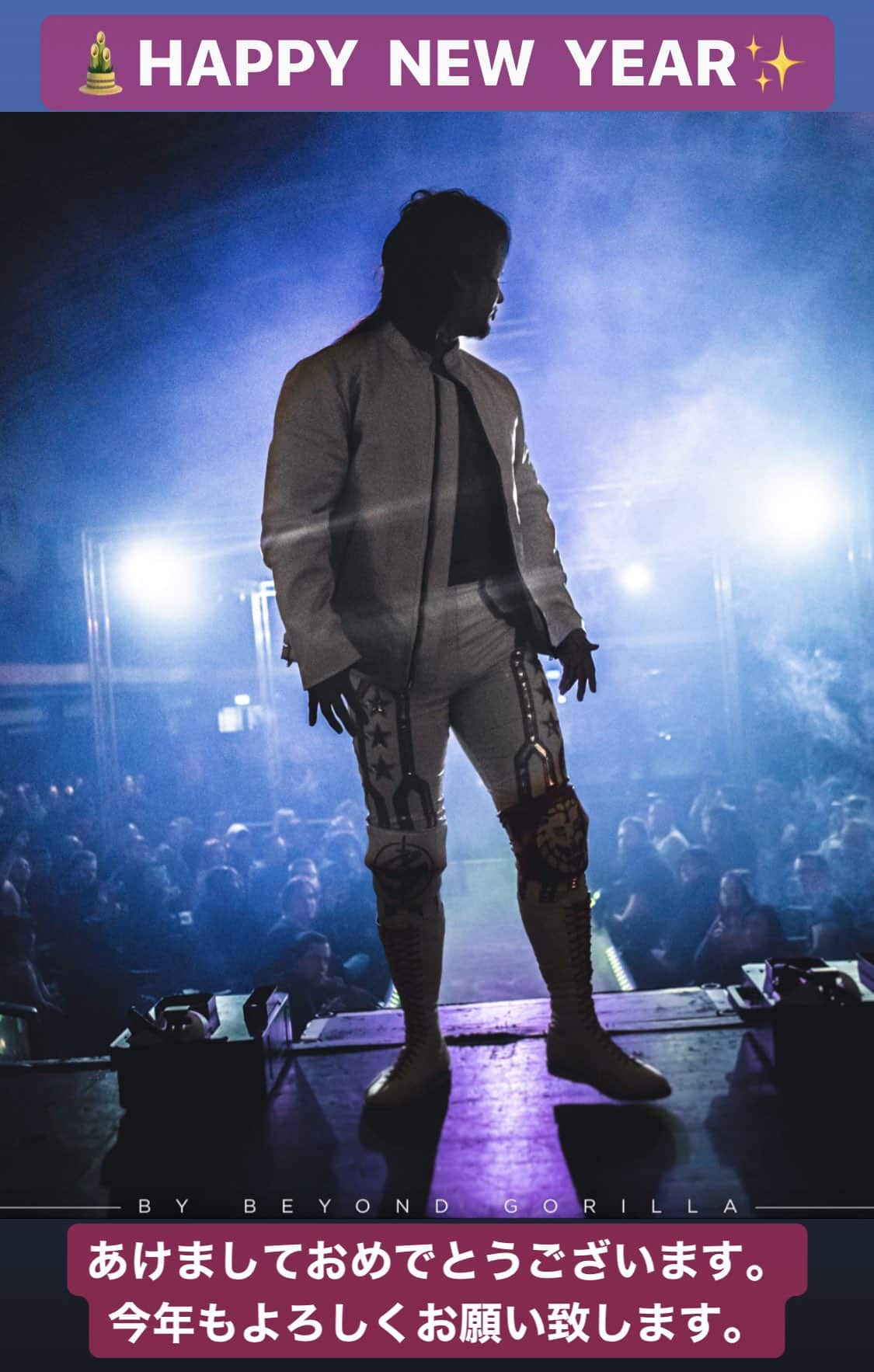
For a rookie wrestler in Japan, the experience can be tough one, but the lessons learned at this stage in their career are invaluable. The bonds formed during this time are strong and can last long past retirement. From making the cut at tryouts to making their debut and later excursion, it’s a time of growth and adventure where they hone their craft and make lasting memories as they prove themselves to the wrestling world. This point in their career is where they are truly built from the ground up.
